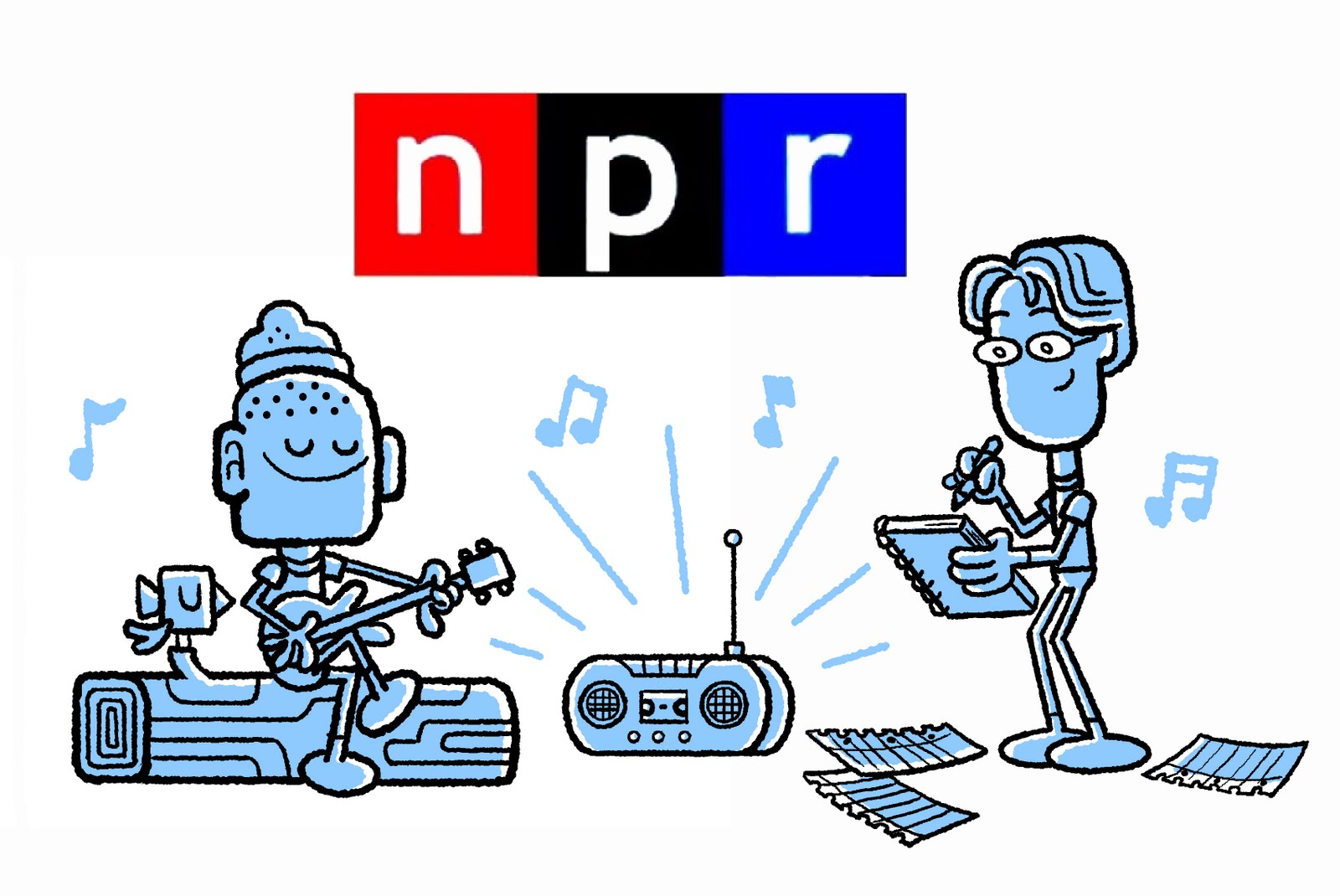[Added later: 2014/5/29] There has been a shooting in California, where a young man has gone on a shooting spree. He wanted to kill some young woman who was not cooperating with either his plans for romance or for sex, and didn’t cooperate with his plans for doing violence on her either, so he shot a half-dozen people who happened to be available.
Gun advocates never see the connection between the ready availability of firearms with the incidence of shooting sprees. [For a look at the objective data, see here in Wikipedia, for a list of countries and their deaths per 100,000 by firearms. You can sort the table by clicking on little arrows at the top of each column.] This is one sort of phenomenon that is not open to examining with a controlled statistical study that will convince anyone who refuses to be convinced. [The US ranks below Peru, Chile and Montenegro for Homicides, while it ranks above (more deaths than) Chile, Peru, Serbia, Switzerland for Total Deaths. This is probably where the data can be manipulated; taking shooting sprees, are they intentional or unintentional? I suppose they're classed as homicides.] The difficulty is that gun advocates —by which I mean those who refuse to allow controls on the purchase and ownership of guns, and they must bear with my using this misnomer to identify them— are generally unreasonable about any sort of gun control. This is a large class of people, and include at least two people whom I greatly respect, so we must not regard them all as maniacs. On the other hand, the few people who go on shooting sprees are most certainly unreasonable, and the question that seems to face us is whether we must live our lives in a maner that is dictated by their insanity. Non-gun users generally feel that we must, and that the rules that govern gun purchases by the vast majority must be designed to prevent the tiny minority of people with mental deficiencies who might decide to go on rampages from doing so. (We also feel that a lot of accidental shootings will also be prevented.) The question is confused by the quite significant number of criminals who own guns illegally, and we can expect that if guns were to be made safer by technological means, that the older weapons owned by aggressors will have an advantage in convenience over the newer, safer weapons (see below) in any sort of a shootout. I have actually witnessed a shootout from my home when I lived elsewhere, but for most readers, an actual shootout would be only an academic possibility! Families of those in law enforcement or the military probably think that a shootout or an armed altercation is a very real thing, so there are some people on one hand who think of shoulder holsters and concealed weapons and that sort of thing as very real, everyday pieces of equipment, and people like myself on the other hand, who think of this sort of equipment as entirely outside our world. Gun owners probably think of us as sheep, for whom they have to be responsible. Well, that’s fine by me; I’m entirely incapable of defending myself except with my bare hands and feet, and I don’t plan to change things.
[Original post: 2014/5/23]
Obviously, we non gun-owners are not usually up on the latest developments in gun technology, gun regulation, and the opinions of the gun lobby on them. It is trickling in to our attention, firstly, that for more than a decade gun manufacturers (hereinafter “manufacturers”) have been working on developing types on guns that can only be used by authorized owners (hereinafter “Smart Guns”). In other words, the gun cannot be fired except by the owner of the weapon (hereinafter, “owner”). Something similar is already available for automobiles (hereinafter “cars”), where a certain wireless device must be carried by the driver of the vehicle, or at the very least, somewhere in the car.
Secondly, this innovation so pleased a New Jersey state representative that she sponsored, and succeeded in getting passed, a state law that required all registered gun retailers (hereinafter “retailers”) to sell only these smart guns, as soon as the technology was widely available. (In other words, sales of regular dumb guns would be outlawed.) The law was passed back in 2002, when smart guns were only a glimmer on the horizon.
Meanwhile, thirdly, down at the OK corral, the National Rifle Association (“the NRA”) expressed its opposition to the New Jersey law. It also expressed its opposition to the concept of smart guns (at least from a practical standpoint. In principle, though, representatives of the NRA have said that they do not oppose smart technology per se). So, fourthly, the sponsor of the New Jersey law offered to have the law repealed if the NRA would only stop opposing smart guns.
Why are smart guns so relatively nice (from the point of view of us sissy bleeding hearts)? You can’t just steal these guns. You also have to steal the safety device, or you can’t shoot the stolen gun. Secondly, it raises the possibility that a stolen gun can be traced, just as smart phones can. It also makes it difficult for little kids to get hold of a gun and shoot if off, a major problem with guns in homes with children. It also makes it impossible, during a fight between the owner of a gun and an intruder, or anyone, for the gun to be wrested from the one holding it, and to be used against him or her. These were, ostensibly, the reasons the New Jersey gun law was passed. All you needed was to buy the smart gun, have a little chip embedded in your skull, or whatever, and nobody could shoot your gun, except you. (But, as we speak, secret factories on the dark side of the moon are manufacturing universal chips that will allow anyone to shoot off any gun by just concentrating real hard. Haha, just kidding.)
Why does the NRA oppose the New Jersey law? Well, obviously, the NRA does not like any restriction on gun ownership whatsoever. When the government wants to restrict ownership of assault weapons (a type of machine-gun that can fire multiple rounds in quick succession, which would be reasonable for use only in the context of a wartime action, or a police action, or a gang action: you know, breaking down a door and shooting up a complete meeting of an enemy gang, or a prayer meeting, or whatever), the NRA opposes it, because it believes that it would lead to additional proscriptions, and eventually to the complete emasculation of the Freedom to Bear Arms (hereinafter “The Second Amendment”), which is what the NRA practically exists to defend (hereinafter Raison d'etre).
Ironically, the NRA finds itself in the position of opposing the very invention that just might pave the way to the vast majority of those opposed to gun ownership beginning to accept, however grudgingly, the sale and the ownership of guns. The reasons people like me hate firearms of all kinds are that (1) they’re often used carelessly, (2) they fall into the hands of children, (3) they’re too conveniently accessible when tempers are high, (4) they too easily stolen and used by criminals, and (5) they symbolize the escalating violence in society and in the world.
Of course, nothing can be done about (5); outlawing guns because they symbolize violence is silly, and not something we can impose on people. Nothing can be done about (1) either. If we were to forbid the use of cars because people drive carelessly, we would remove a resource that American depend on, however wrong-headedly. Similarly with (3). Gun owners are notorious perceived to have uncontrollable tempers, but that is most likely merely a matter of unequal reporting. But all the other objections —and they’re good objections— are at least significantly addressed by smart gun technology.
But looking at the issue from the point of view of the NRA and the Second Amendment, are they justified in their hostility to smart guns? Remember that their objection is that when the technology becomes available, government legislation will begin to appear, requiring the smart technology. Are they justified? Yes, as illustrated by the New Jersey action. Quite honestly, the hearts of gun owners and gun advocates have been hardened by a century of (what they perceive as) creeping gun control, so that they are no longer impressed by any instances of careless use or storage of guns, or of preventable massacres, or violent crime statistics. On the other hand, the hearts of legislators are acutely sensitive to every instance of a gun-related crime which might have been prevented by some measure of gun-control.
Look at automobile safety. The minute a safety feature is widely available, it becomes law, for instance air-bags. What about gun safeties? There have been many groups opposed to requiring gun safety mechanisms, and they continue to be not required. The only folks objecting to gun safeties on their own merits are those who imagine themselves at a shootout. Damn, if not for that pesky safety catch, I might be alive right now. The rest of them object to gun-safety catches simply because: you got it. If their use was widespread, the damn government would make them mandatory.
If the right of the Second Amendment were to be treated like all other rights: e.g. the right to clean air, or the right to water, or the right to marry whomever you please, or the right to equal protection under the law, then it can be reasonably regulated, and we could require safety catches on all guns, and that guns should be stored safely out of the reach of infants, and that individuals who have a history of violent crime, or those with a history of mental impairment should be denied the right to purchase or own or use firearms. But since we have the second amendment, the NRA can view any control, no matter how reasonable, as an attempt to abridge the Second A.
The history of this battle has been the history of attempting to persuade the NRA to treat the right to bear arms as any other reasonable right. Until the air and the water are so polluted that the right to clean air and the right to clean water become more important, the Right to Bear Arms will be fanatically defended in such a way that guns will be a danger to everyone, including their owners.
[Added Later: 2014/5/29]
Just this morning, someone posted a complaint quoting the TV personality, comedian and guest host on Comedy Central, John Oliver, who asks why after 31 school shooting since Columbine, there is still no change in the gun laws.
This resulted in such an enormous volume of responses, both for and against gun regulation that I am simply overwhelmed with the foolishness of typical posts of Facebook. Is it that those who shoot their mouths off (obviously more acceptable than shooting guns off) are a particularly silly subset of the population, or is the population getting sillier every year? It might be something to do with the food, or education, or popular entertainment. There are a million possible hypotheses as to why people are becoming increasingly weak-minded, or that we're more aware of weak-minded folks, simply because they're weak-minded in our faces. But no way to actually prove anything.
Arch








